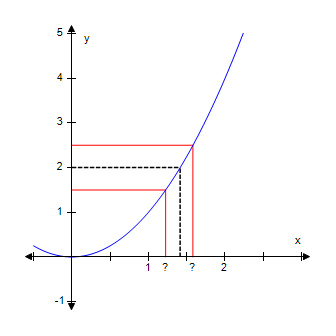pennyhaehcf
New member
- Joined
- Sep 12, 2020
- Messages
- 1
Use the given graph of
 to find a number δ such that
to find a number δ such that
 whenever
whenever
 .
.

It'd be helpful if you show the steps, I'm stuck
It'd be helpful if you show the steps, I'm stuck
